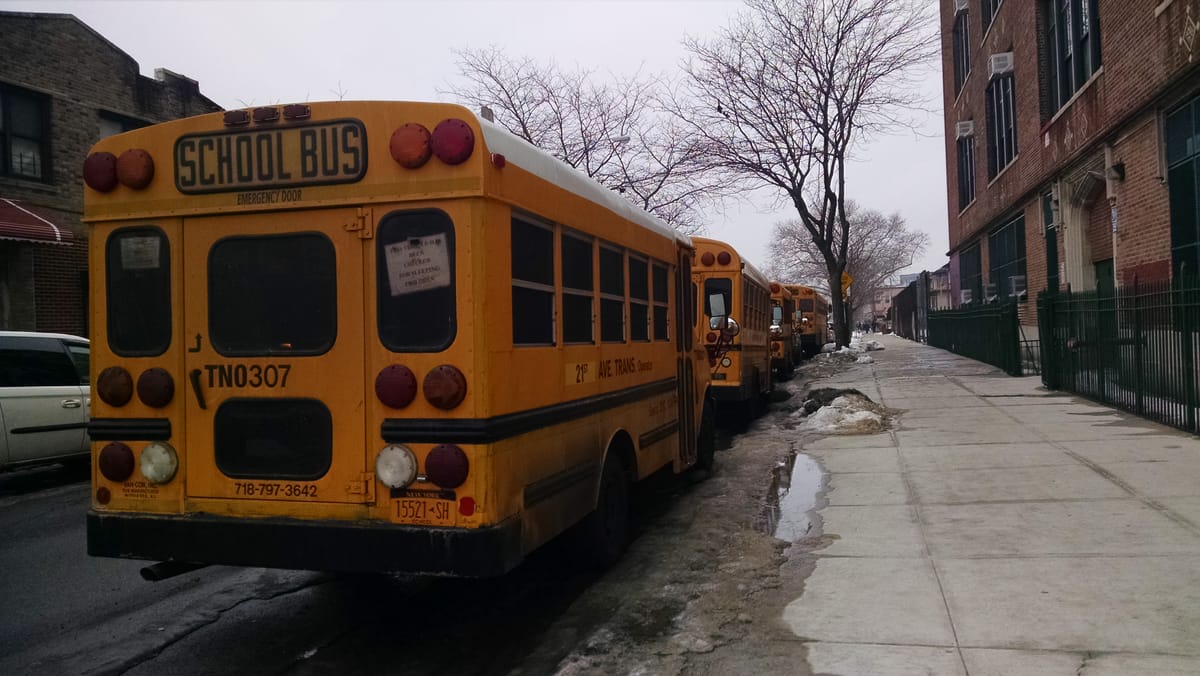Tips On Choosing A Pre-K In Districts 20 & 21


Never before have parents had so many options when it comes to choosing a pre-kindergarten program.
With the rapid expansion of the free UPK (Universal Pre-K) program — including its most recent re-incarnation, known as “Pre-K for All” — a great majority of pre-kindergarten programs for 4-year-olds are free, and full-day free Pre-Ks have become more common than half-day free Pre-Ks.
The pre-K enrollment process for the 2016-2017 school year runs from January 25 through March 4 and is open to all New York City families with children born in 2012 . If you have a child who is turning 4 in 2016, simple instructions for applying Pre-K can be found here.
Still, choosing from the myriad of Pre-K options is half the battle, so we’ve created a breakdown of the pros and cons of each:
1. Free Pre-K in a Public Elementary School.
Upsides:
- A “real” school feel with large, bright classrooms, two teachers in the classroom.
- If this happens to be your zoned school, then your child might also be attending the same school in the future and will not need to get used to a new environment.
Downsides:
- It usually covers about 6.5 hours a day (8am – 2:25pm), often without an option for extended hours.
Tip: Currently, you can apply to all public Pre-K’s, using a single application, where you list and prioritize all of your Pre-K choices.
2. Free Pre-K in a Private Preschool.
For example, NYC Early Education Centers (NYCEECs) that offer a free UPK option.
Upsides:
- In addition to the free UPK program, some private preschools offer additional, paid hours, sometimes known as “enrichment” or “wrap-around”. For example, such school might have free UPK from 9am to 3:25pm, plus an optional paid early drop-off at 8am, plus and additional paid enrichment program from 3:25pm to 6pm.
- In addition to Pre-K, many private preschools have various younger age groups, like 2- and 3-year-olds, and may have more experience with the needs of preschool kids, than a typical elementary school, where Pre-K is the youngest grade.
Downsides:
- Some private preschools are set up in a private house, where rooms are not always bright or large, but many tend to offer longer hours and have a family-style feel.
- Popular private preschools that are in high demand give UPK preference to the kids who graduated from their 3-year-old program, leaving only a few spots for new students.
Tip: Usually, you would enroll by contacting each of these private schools directly.
3. Free Pre-K in a Charter School
In District 21, Success Academy Bensonhurst is planning to open a Pre-K program this year.
There is some uncertainty around the availability and the content of the SA Bensonhurst UPK program, because such Success Academy staples as monthly field trips and the use of smart board are heavily restricted in the NYC UPK contract.
You can apply for Pre-K via Success Academy website.
There are no charter schools in District 20.
4. Tuition-Funded Private Preschool
A lot of private programs — that used to be paid — are now fully converted to free UPKs. But some still charge tuition for preschool services.
Upsides:
- Private preschools can offer an advanced educational program, because they are free from the constraints of the NYC UPK contract, which limits the use of technology or field trips, mandates the detailed daily schedule and forces the “learn through play” educational approach.
- Such schools may provide religious instruction, swimming etc… as part of their day.
Downsides:
- Relatively high cost in the industry, where nowadays most options are free or subsidized.
Before you spend the money, be sure that there is not another program that will work for you, that is at least partially subsidized through UPK (i.e. some paid hours plus some free hours, paid by the UPK).
A few more tips to keep in mind:
There are also some red flags that you should know about.
Any time you are running late with your child in the morning, or need to pick up your child early, you should be able to walk directly into your child’s classroom.
Preschools that don’t let you into the classroom mid-day and insist that you wait for your child in a waiting area, are rare outliers that you should avoid — they might not be meeting their teacher-to-student ratio, or have something else to hide.
Before you decide which Pre-kindergarten will best fit your child, you should try to visit all of the potential establishments, and also join local parent-oriented Facebook groups, that often have parents who have experience with the preschools you are interested in, and will share their thoughts with you.
ADDITIONAL RESOURCES:




